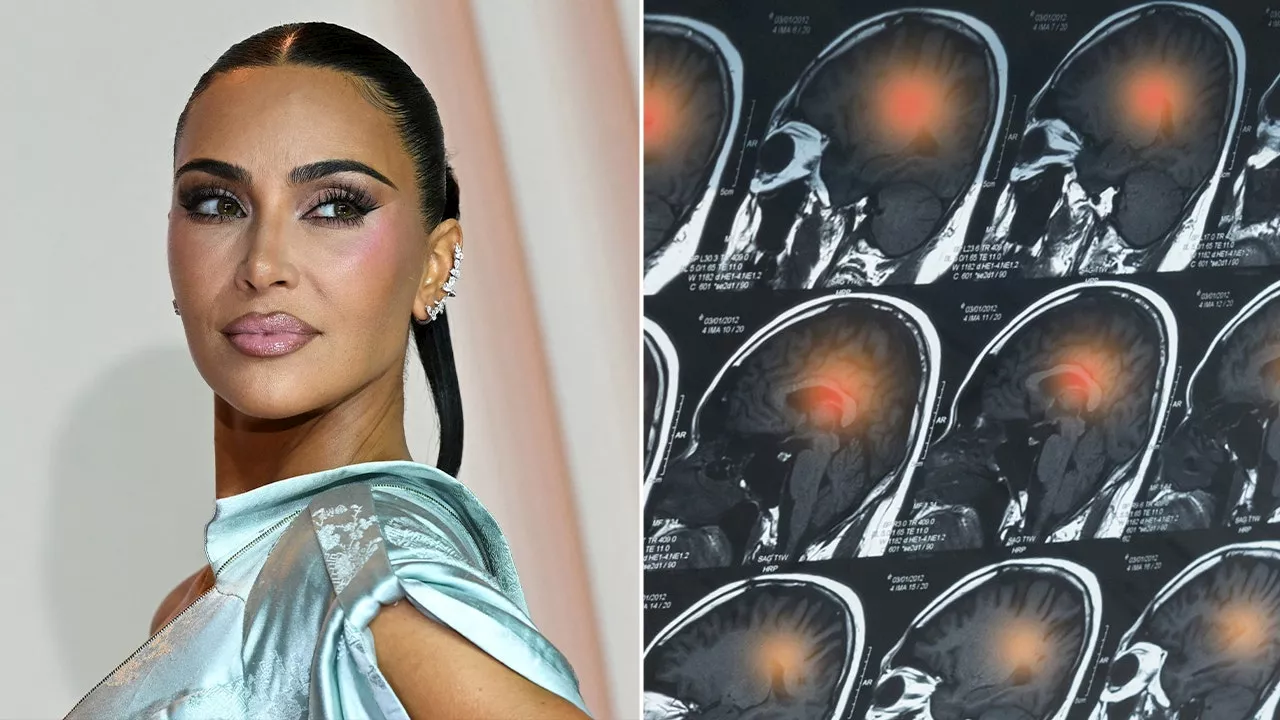A 57-year-old patient, referred to as C.H., has been diagnosed with chronic pancreatitis after experiencing significant weight loss and diarrhea. A CT scan revealed a 12-mm stone obstructing the pancreatic duct, which has raised concerns about the necessity of surgical intervention.
Chronic pancreatitis is a condition characterized by the inflammation of the pancreas, which can lead to permanent damage and affect the organ’s ability to produce digestive enzymes. C.H. reported symptoms that included fat present in the stool, a common sign of malabsorption due to pancreatic dysfunction. It is essential for the pancreas to function properly for effective digestion, particularly in breaking down fats.
Dr. Roach, the medical professional consulted by C.H., has recommended surgery to remove the stone blocking the pancreatic duct. C.H. expressed concerns regarding the urgency and potential risks of the procedure, questioning whether it is a life-or-death situation.
While Dr. Roach did not specify the exact criticality of the surgery, it is important to recognize that surgery for pancreatic stones can vary in urgency depending on the severity of symptoms and the risks posed by the blockage. If left untreated, such blockages can lead to further complications, including infections or additional damage to the pancreas.
For patients in similar situations, there are alternative methods for managing pancreatic stones, although these may not be as definitive as surgical removal. Endoscopic procedures, for instance, can sometimes be employed to retrieve stones from the pancreatic duct. This method may offer a less invasive option for patients who face challenges in undergoing surgery.
C.H.’s experience underscores the complexity of managing chronic pancreatitis and the impact that obstructive stones can have on a patient’s health. As the situation evolves, it is crucial for patients to communicate openly with their healthcare providers to explore all available treatment options and understand the implications of their conditions.
In conclusion, for those diagnosed with similar conditions, timely intervention and a clear understanding of treatment options are vital. C.H. is advised to discuss potential risks and benefits of surgery further with Dr. Roach or seek a second opinion to ensure the best possible outcome for their health.







